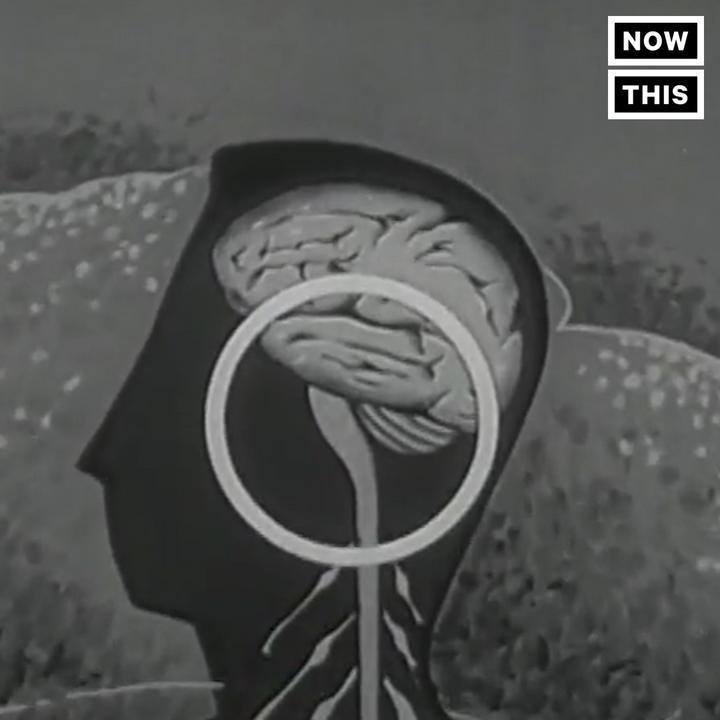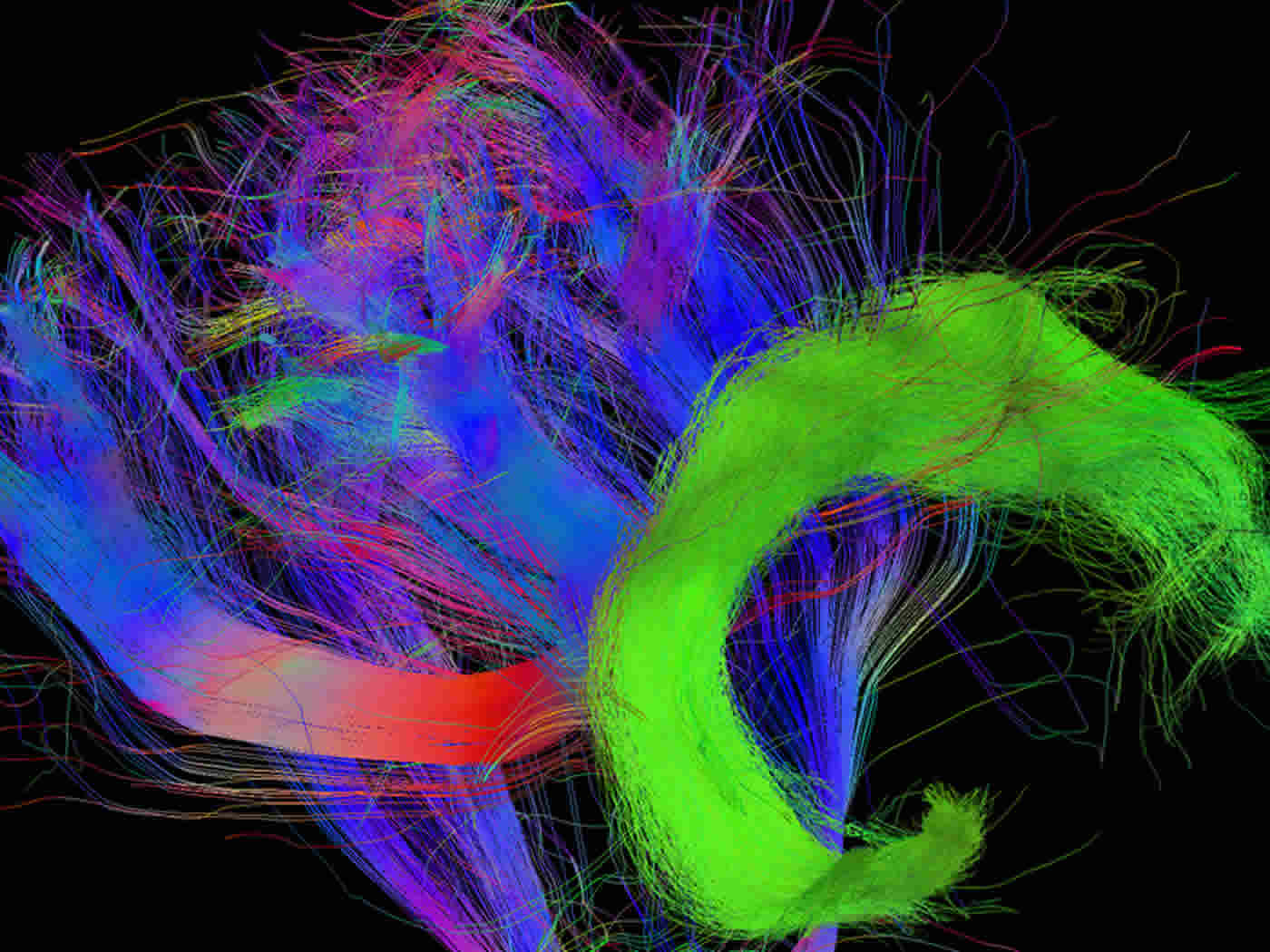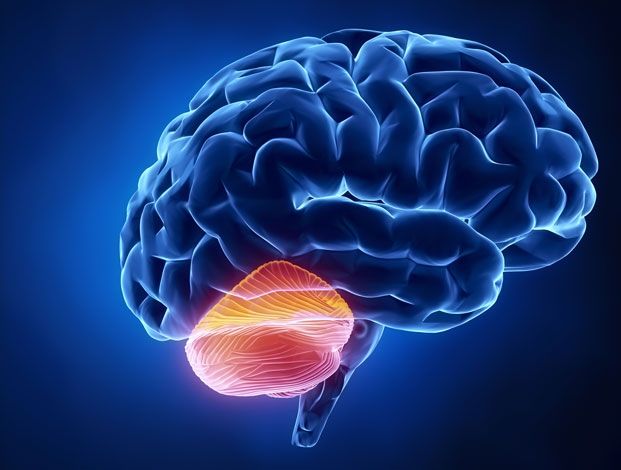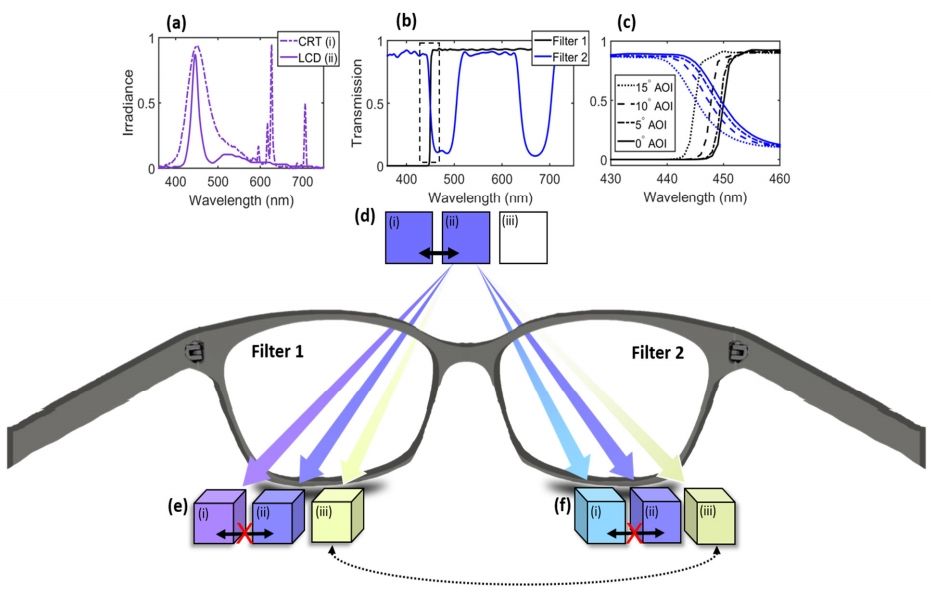Archive for the ‘neuroscience’ category: Page 895
Mar 28, 2017
Elon Musk Wants To Put A Computer In Your Brain
Posted by Shailesh Prasad in categories: computing, Elon Musk, neuroscience
Mar 28, 2017
Brain Structure That Helps Us Understand What Others Think Revealed
Posted by Shailesh Prasad in category: neuroscience
By the age of four years we suddenly start to understand what other people think and that their beliefs about the world might differ from our own. We then manage to do what 3-year-olds are not yet capable of – we can put ourselves in someone else’s shoes. Researchers from the Max Planck Institute for Human Cognitive and Brain Sciences in Leipzig were able to show what supports this milestone in development: the maturation of a critical fibre connection in the brain.
Summary: Researchers identify brain areas associated with developing the ability to “put ourselves in other people’s shoes”.Source: Max Planck Institute. By the age of four years we suddenly st.
Mar 28, 2017
Brain to Machine Interface: Future A to Z
Posted by Alireza Mokri in categories: futurism, neuroscience
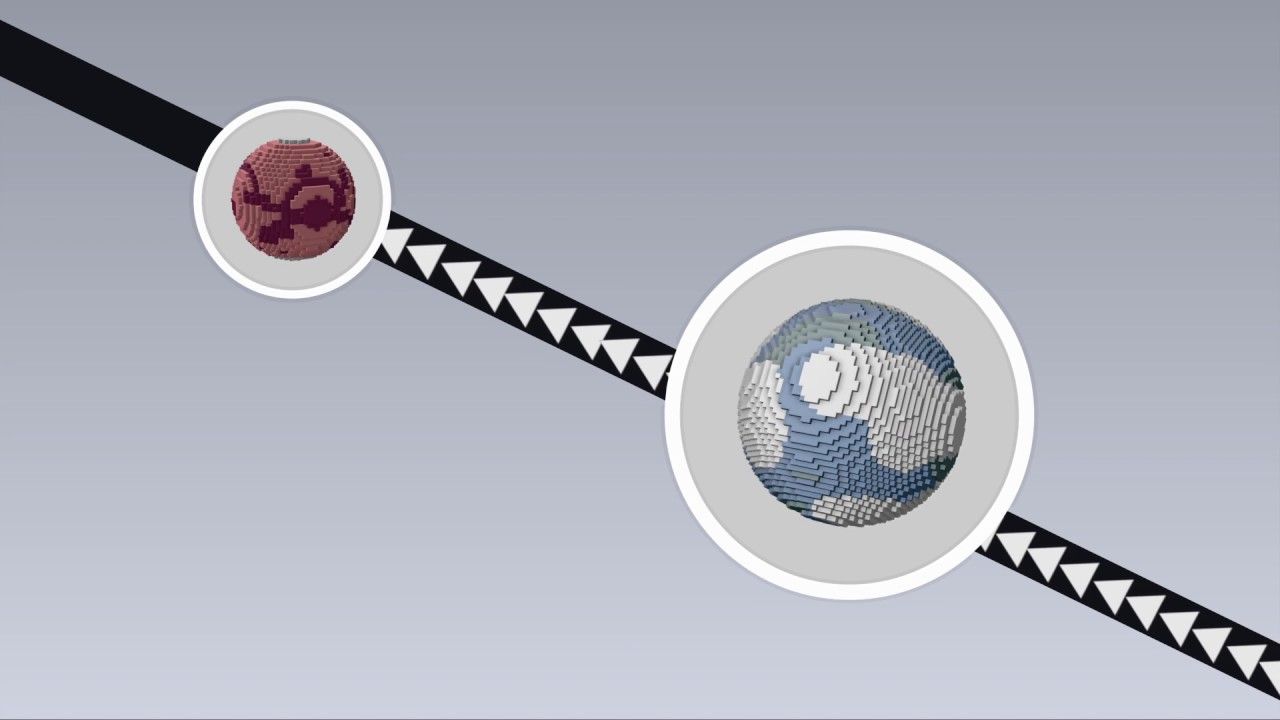
In this video series the Galactic Public Archives takes bite sized looks at a variety of terms, technologies, and ideas that are likely to be prominent in the future.
In this entry, we take a look at the rapidly developing technology of Brain to Machine interfaces.
Continue reading “Brain to Machine Interface: Future A to Z” »
Mar 27, 2017
The lessons of violence and inequality through the ages
Posted by Simon Waslander in categories: economics, neuroscience
History has shown us that only violence or huge disasters tend to reduce inequality. Which is frightening on it’s own.
The Great Leveller: Violence and the History of Inequality from the Stone Age to the Twenty-First Century By Walter Scheidel. Princeton University Press; 504 pages; $35 and £27.95.
AS A supplier of momentary relief, the Great Depression seems an unlikely candidate. But when it turns up on page 363 of Walter Scheidel’s “The Great Leveler” it feels oddly welcome. For once—and it is only once, for no other recession in American history boasts the same achievement—real wages rise and the incomes of the most affluent fall to a degree that has a “powerful impact on economic inequality”. Yes, it brought widespread suffering and dreadful misery. But it did not bring death to millions, and in that it stands out.
Continue reading “The lessons of violence and inequality through the ages” »
Mar 27, 2017
Elon Musk Launches Neuralink to Connect Brains With Computers
Posted by Blair Erickson in categories: biotech/medical, computing, Elon Musk, neuroscience
Somewhere in his packed schedule, he has found time to start a neuroscience company that plans to develop cranial computers, most likely to treat intractable brain diseases first, but later to help humanity avoid subjugation at the hands of intelligent machines.
Mar 27, 2017
Elon Musk’s new co could allow uploading, downloading thoughts: Wall Street Journal
Posted by Simon Waslander in categories: biotech/medical, computing, Elon Musk, neuroscience, singularity
This is big: Is the Singularity a step closer?
Tesla Inc founder and Chief Executive Elon Musk has launched a company called Neuralink Corp through which computers could merge with human brains, the Wall Street Journal reported, citing people familiar with the matter.
Neuralink is pursuing what Musk calls the “neural lace” technology, implanting tiny brain electrodes that may one day upload and download thoughts, the Journal reported. (on.wsj.com/2naUATf)
Mar 26, 2017
Stanford scientists find a previously unknown role for the cerebellum
Posted by Alireza Mokri in category: neuroscience
Researchers long believed that the cerebellum did little more than process our senses and control our muscles. New techniques to study the most densely packed neurons in our brains reveal that it may do much more.
Mar 24, 2017
We Were Wrong — the Testes Are Connected to the Immune System
Posted by Shane Hinshaw in categories: biotech/medical, neuroscience
Some parts of the body – including the tissues of the brain and testes – have long been considered to be completely hidden from our immune system.
Last year scientists made the amazing discovery that a set of previously unseen channels connected the brain to our immune system; now, it appears we might also need to rethink the immune system’s relationship with the testes, potentially explaining why some men are infertile and how some cancer vaccines fail to provide immunity.
Researchers from University of Virginia School of Medicine discovered a ‘very small door’ which allows the testes to expose some of its antigens to the immune system without letting it inside.
Continue reading “We Were Wrong — the Testes Are Connected to the Immune System” »
Mar 24, 2017
Double filters allow for tetrachromatic vision in humans
Posted by Shane Hinshaw in category: neuroscience
(Tech Xplore)—A team of researchers at the University of Wisconsin has developed a pair of glasses that allows the wearer to have tetrachromatic vision. In their paper uploaded to the arXiv preprint sever, the group describes the inspiration for their glasses and explain how they work.
Humans have three types of cone cells in the back of the eye to differentiate color. Some react to blue, some to green and some to red. The cones do their work by responding to the difference in wavelength of the incoming light. Such vision is known as trichromatic. In this new effort, the researchers have found a way of fooling the brain into seeing as if there were a fourth type of cone, by wearing glasses with two types of filters. The result is tetrachromatic vision.
To create the glasses, the researchers fashioned two types of filters, one for each eye. The filters remove some parts of the blue light spectrum. But the filters each remove a different part. When the filters are fitted into a frame and worn like regular glasses, the wearer is able to see colors that are normally hidden—metamers. In a sense, it is rather the opposite of what occurs with people who are color blind. They might see blue and red as the same, even though there is more light information there. Adding spectrum identification to color blind eyes allows for seeing more of what is already there. With the new combined filter system, a person is able to look at what appears to be an object that is all the same color, such as purple, and see more colors in it—those normally hidden metamers.
Continue reading “Double filters allow for tetrachromatic vision in humans” »

